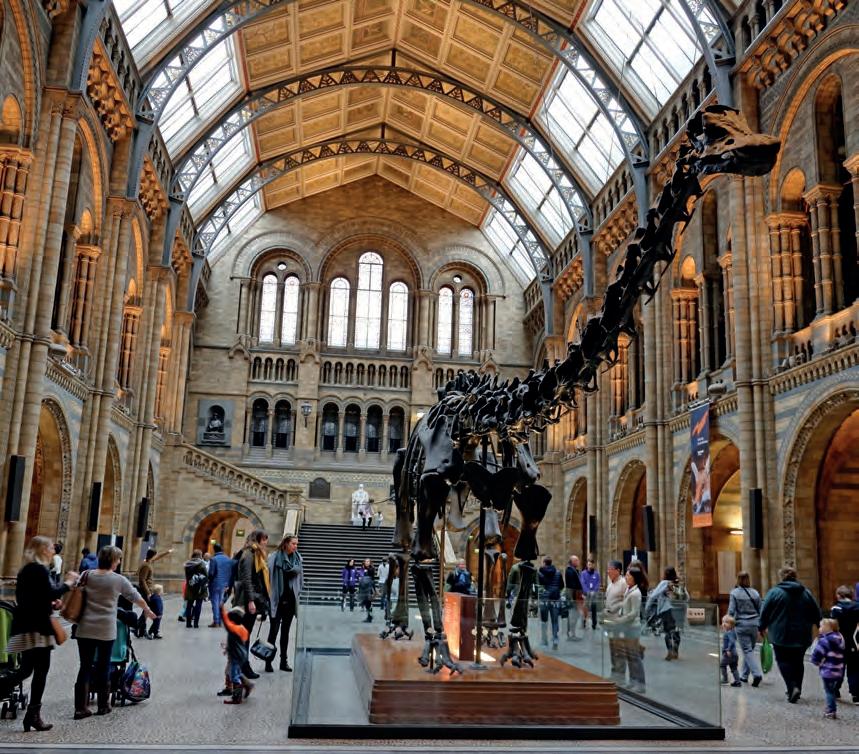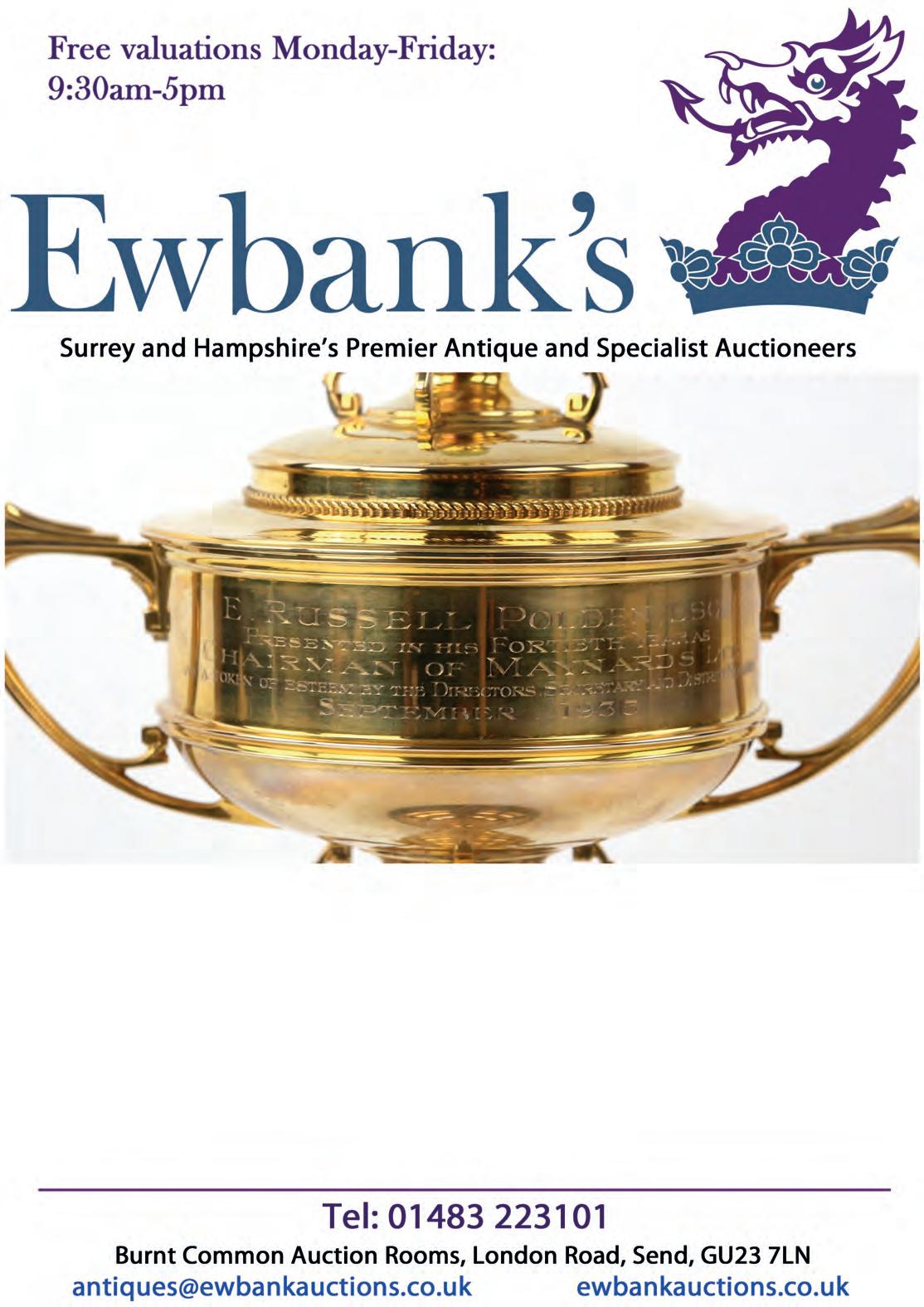
3 minute read
Marc My Words: Antiques
LOCAL INTEREST
Marc My Words
Don’t for a minute think I would ever divert an object from becoming part of a museum collection because my business instincts override it.
It’s just one often knows full well a museum just won’t want it, can’t display it and already probably has several of them.
People may misunderstand what museums are looking for, or why. Putting aside our biggest institutions, there are plenty of private and local authority museums that welcome contributions. These might be highly-specialised collections, such as one of agricultural implements, or objects of local importance, including, say, a sign from an old building that is being demolished.
Certainly, in my town, I have diverted items to the local museum, including the entire finds from the archaeological excavations in my garden. However, such large amounts of material can also be burdensome to small institutions.
If you are thinking of leaving your treasured collection to a museum, watch out – it could get less of an airing than you think, warns Marc Allum
Iam frequently moved by the kindness and generosity people show in the selfless act of donating valuable artefacts and cherished possessions to organisations and institutions.
Often it is done in the hope that they might give other people enjoyment or benefit. Sometimes, as history has often shown, it is done as a way of gaining some form of immortality – although, be careful.
Despite the covenants you might include on your charitable donation, the museum may still decide to sell it to build an extension.
There might be a reason, of course. For example the item might have been acquired long ago and in a rather dubious way which no longer complies with modern morals.
JUDGEMENT CALL
As a valuer and someone who frequently comes across people who want to do the philanthropic thing, I can be conflicted. It’s often difficult, when wearing both a business hat – and being an empathetic character – to balance the two and do what is right.
It’s common knowledge that most museums display only a fraction of their collections, which means that the unseen part of the iceberg is stored in vast depositories and rarely sees the light of day.
Having visited many museum stores I am often reminded of that scene at the end of Raiders of the Lost Ark where the neverending rows and stacks of crates disappear into the distance.
So, when I find myself in a situation where the owner of an object instinctively says, “I would like to donate this to a museum”, I often have to spell out the reality of that selfless notion.
TAX BRACKET
Perhaps more dramatically rewarding, but equally frustrating, is the discovery of an object of such importance that it changes the nature of an estate, pushing the beneficiaries into an uncharted world and a different tax bracket.
The result in this case is that a remarkable discovery can sometimes end up being offset against tax and given to a major museum.
The rewards of this (for someone like me) can be scant but, as with all things in our business, a touch of pragmatism always helps. As ever, giving good, impartial, advice is always the best course of action.
Marc Allum is an author, lecturer and specialist on the BBC’s Antiques Roadshow. For more details go to www.marcallum.co.uk
Above left The Natural History Museum houses many more treasures than it displays, image shutterstock

Cars & Motorbikes: 5 September Automobilia & The Transport Sale: 5 September Jewellery, Watches & Coins: 15 September Silver & Fine Art: 16 September Antiques, Clocks & Furniture: 17 September Country House Sale: 8 October











